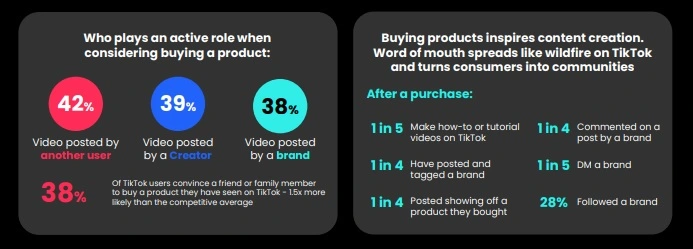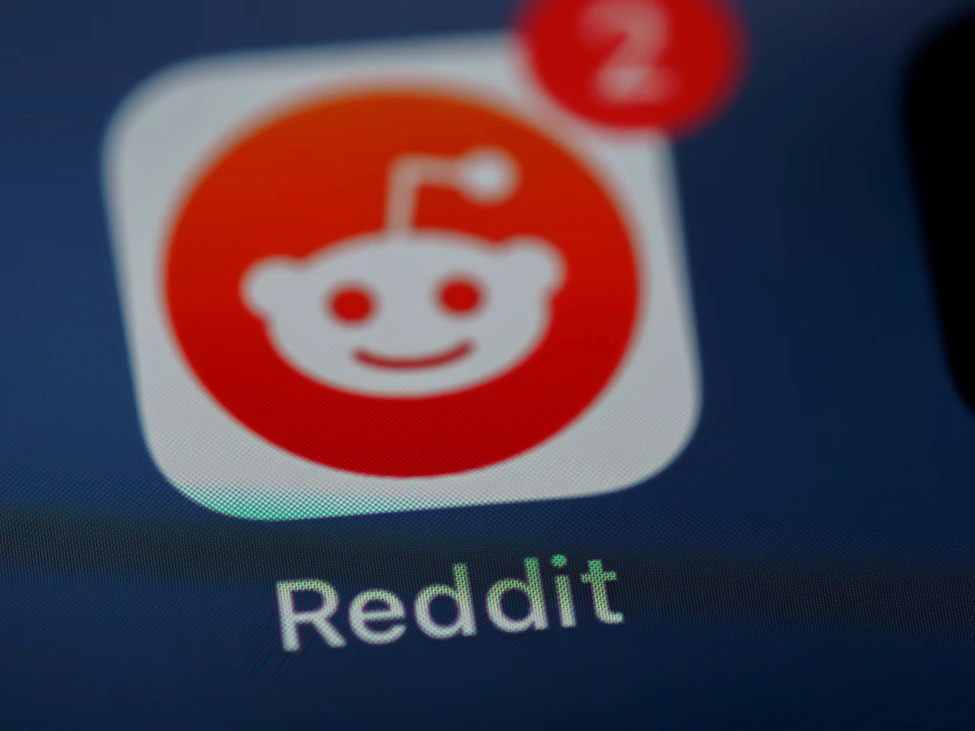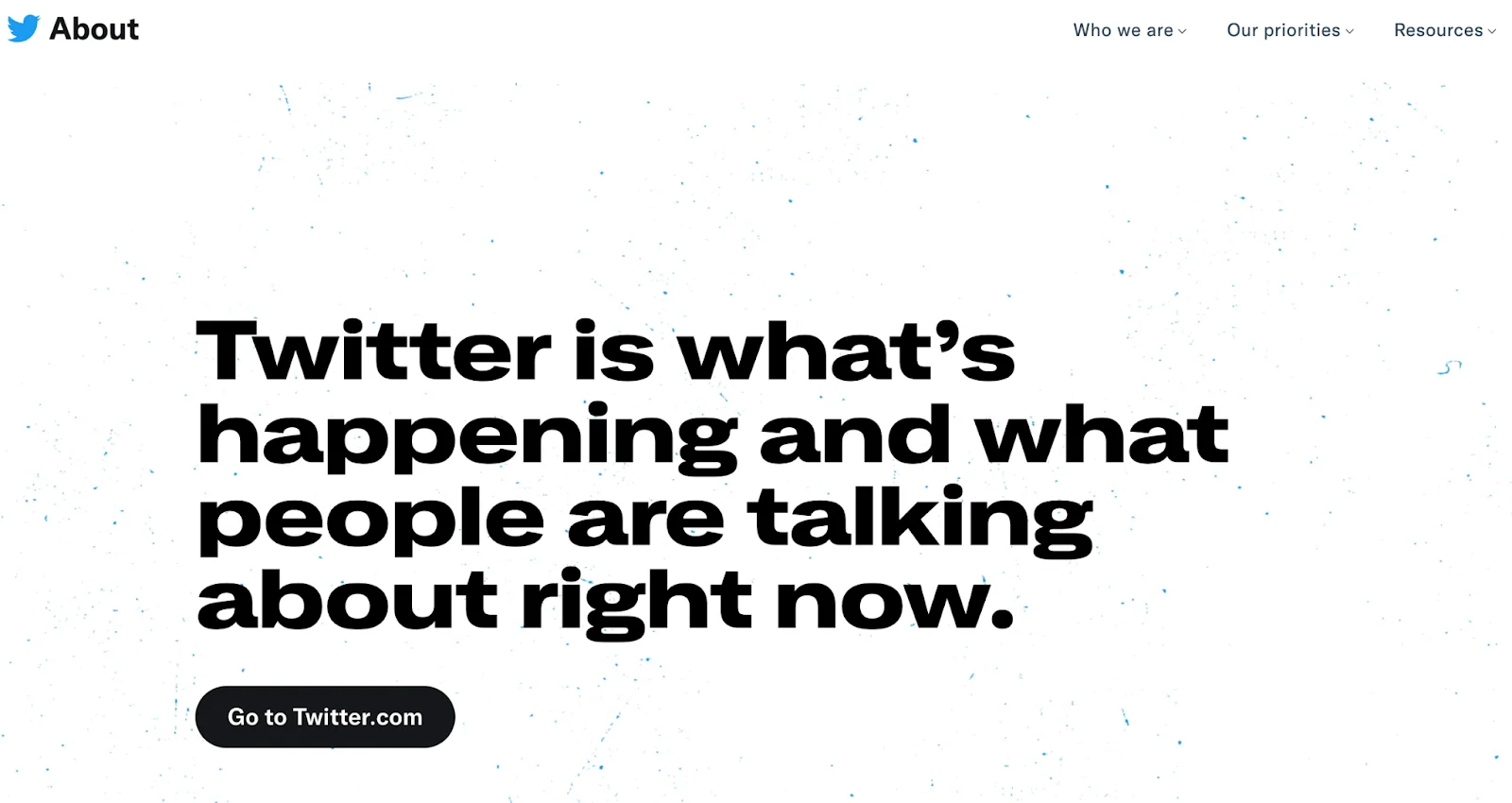TikTok is a video sharing social media platform. It was launched in 2017 by ByteDance as the international version of the popular Chinese platform Douyin. After the merge with Musical.ly in 2018, TikTok quickly rose to global popularity. It’s now ranked as the 6th most popular social media network according to Statista.
For savvy business leaders, this platform serves more than just a place to promote the company through short, engaging videos. It’s also the source of consumer insights and market trends. So, in this article, you’ll learn how TikTok scraping could revolutionize your decision-making process.
Why TikTok web scraping is important?
Learn more about your audience
TikTok is the fastest growing social media platform. In just 4 years, it achieved what took Instagram and Facebook 10 years. Since its launch, it has been downloaded more than 3 billion times. More than 1.7 billion people use this app every month. TikTok’s reach is estimated at 43.9% across the USA, which is translated into 97 million active American users. On average, people spend 95 minutes (that’s 1.5 hours!) scrolling short-format videos on this platform.
What these figures mean is that there are a lot of people on TikTok. And they interact with this platform daily. They like and save videos, send them to friends, share their patterns of life, locations, and more. They discuss different topics in comments and create trending videos. You can collect and analyze all this information to get a better idea of your customers’ behavior to create more targeted campaigns or launch product/services your audience needs.
Get market insights
Businesses compete in an increasingly saturated market. And staying ahead requires more than just intuition.
Imagine, for a moment, a fashion brand eager to identify the next trending style. With TikTok data analytics, they analyze popular creators, hashtags, and emerging patterns. This gives them a strategic edge in product design and marketing.
Along with grasping trends, you may want to understand what your rivals are up to. Equipped with data scraped from TikTok, you’ll unveil competitor strategies, partnerships, and audience engagement.
Monitor brand reputation
The average engagement rate on TikTok is 18%. That’s a huge difference compared to Instagram’s 3.9% and YouTube’s 1.6%. So, people like sharing what they feel about this or that video or brand in general. The report generated by TikTok Marketing Science proves that users love creating USG after the product purchase, and they also check videos from other users as they consider buying a product.

Also, 73% of TikTok users feel a deeper connection to brands they interact with on this platform compared to others. Moreover, 67% said that TikTok videos inspired them to shop. This proves that brands should monitor their reputation on this video-making network to grow their business.
If you’re on TikTok, you can keep a pulse on how your brand is perceived on this platform. Web scraping will help you monitor mentions, sentiment, hashtags, and general brand presence for more informed PR and branding decisions.
Build content strategy
Content creators and marketers alike know virality isn’t purely accidental. And 70% of people believe that big trends start at TikTok. As this platform is considered a source of inspiration and learning for many users, you can’t miss a chance to discover what your audience is interested in to build a compelling content strategy.

Once you analyze top-performing videos and their associated TikTok data, you’ll craft content strategies that maximize engagement and reach.
What kind of data can be scraped from TikTok?
TikTok is abundant with data points, but some of the most relevant and actionable ones are:
- TikTok user data like username and display name; profile description; number of followers, following, and total likes; profile picture and account verification status.
- Videos data that include captions, sound details, number of views, date of posting, duration, quality metrics, and embedded comments.
- Engagement metrics involve the number of likes, comments, shares, engagement rate based on followers and views, and top-engaging users.
- Hashtags and their associated video count, engagement metrics of specific hashtags, and emerging and fading trends within a specific time frame using TikTok hashtag scraper.
- Geolocation data like locations tagged in videos, popular locations based on engagement or volume, or user base distribution across regions or countries.

Legal and ethical considerations to scrape TikTok data
Just like with any other social media platform, TikTok web scraping is a gray area. Therefore, it’s better to approach TikTok scraping with caution and respect for the platform, its users, and the law. Here are a few considerations:
- Like for any other social media scraping, TikTok’s Terms of Service explicitly forbid unauthorized scraping of its data. If you don’t know how to overcome the restrictions ethically, you may get your IP blocked or have other punitive measures taken towards you.
- Numerous regions around the world, including the European Union’s General Data Protection Regulation (GDPR) and California’s Consumer Privacy Act (CCPA), have stringent laws protecting users’ personal data. If the scraped data contains personal information, even if publicly available, it may be subject to these regulations.
- Bombarding TikTok servers with rapid, voluminous requests degrades the user experience for everyone else. Ethical scraping means being mindful of server load and using techniques like rate limiting to avoid causing disruptions.
- Once you have the data, the manner in which you use it is also subject to legal scrutiny. Ensure you have the necessary permissions and rights to use the information for your intended purpose, especially if it’s for commercial gains.
🔎 Check out our article that ponders upon the legality of web scraping in more detail.
Tech challenges and limitations of TikTok web scraping
Dynamic content
TikTok is a dynamic website. It generates and displays content on the fly based on specific triggers and interactions. With dynamic sites, conventional scraping tools won’t work effectively since the content a user sees after interactions (like scrolling) isn’t available on the initial page load.
To ensure smooth video web scraping, we recommend employing ‘headless browsers.’ They simulate user interactions, like scrolling, and wait for the associated content to load and render. While they offer a solution, headless browsers introduce additional complexity to the scraping process. They often require more computational resources, can be slower due to the need to render content, and might necessitate more advanced programming skills.
API restrictions
While TikTok does offer an API, it comes with limitations in terms of the number of requests, types of data accessible, and other constraints.
- It allows only a certain number of data fetch requests per hour. Exceeding them results in temporary or permanent bans.
- API segments data access levels, providing different scopes or tiers. Some data might be off-limits or require special permissions.
- TikTok’s API requires API keys, OAuth tokens, or other authentication methods. While this ensures security, it also adds a layer of complexity and potential points of failure.
- Even if you’re within your rate limits, APIs often paginate results. For instance, if you’re pulling a list of trending hashtags, the API might return only the first 50, requiring subsequent requests to fetch more. This can slow down data collection efforts and complicate data aggregation.
Understanding these restrictions doesn’t mean the end of the road. You can distribute your API calls intelligently to stay within rate limits. Use algorithms that adapt to the API’s responses to maximize data retrieval without breaching limits. Or consider implementing caching solutions to store frequently accessed data. This reduces the need for repetitive API calls.
Anti-scraping mechanisms
TikTok, like many other platforms, employs various anti-scraping mechanisms to safeguard its data and ensure platform integrity.
One of TikTok’s primary defenses against aggressive scrapers is rate limiting. By monitoring the number and frequency of requests from a particular IP address, TikTok may slow down, temporarily block, or even permanently ban users that exceed typical human browsing patterns.
If TikTok’s system suspects unusual or bot-like activity, it may prompt the user (or TikTok video scraper) with a CAPTCHA challenge. These challenges, often pictorial or puzzle-based, are difficult for automated systems to solve.
To navigate these measures, consider using:
- Proxy servers and rotating IP addresses to bypass rate limits and evade IP-based blocks.
- Tools like Selenium or Puppeteer to simulate real user interactions, making scraping actions appear less bot-like.

How to scrape TikTok? Step-by-step guide
1.Set the scraping scope
Before diving into the technicalities, clarify what you aim to achieve. Would you like to use the collected information for marketing, sales, or other purposes?
Then, define the data format. Are you interested in user profiles, engagement metrics, or trending hashtags? This will help you streamline the scraping process and achieve higher ROI.
Finally, set the scope of scraping. How much data is enough for you? The data volume will define the web scraping Tiktok cost, so make sure you stay within the budget with the optimal data size.
2.Pick your data collection method
Once you’ve clearly defined your objectives, the next step is to determine how you’ll collect the desired data. There are typically two prominent avenues: utilizing managed scraping services or investing in scraping software to manage operations in-house.
Managed data scraping
You provide third-party companies with your requirements, and they take care of the technical complexities.
- Seasoned professionals accustomed to the intricacies of web scraping
- Scale operations to your needs, ensuring uninterrupted data flow
- Service providers handle the code updates
- Let you focus on your core business operations
- Can be expensive, especially for long-term or large-scale projects
- You won't have direct control over the scraping process. Customizations or quick adjustments might be less agile
Scraping software
You conduct the scraping activities within your organization using specialized software tools.
- Total command over the scraping process. Any modifications can be made on the fly
- Fewer concerns about data breaches or sharing sensitive information
- While there's an initial investment in software and training, it's more cost-effective for continuous, long-term projects
- A significant learning phase
- You'll need dedicated resources to maintain and update your scraping tools and strategies
- Large-scale operations require robust infrastructure (storage, backup, servers)
The best method depends largely on your business’s specific needs, expertise, and resources. If you seek expertise and hassle-free operations, managed services might be the way to go. However, if you prioritize control, customization, and long-term cost-effectiveness, consider building an in-house scraping unit.
3.Select scraping tools
Depending on the scraping technique you select for your TikTok big data collection, you may want to consider using the following tools:
- Python-based libraries such as Scrapy or Beautiful Soup
- Browser automation tools like Nannostomus to emulate human browsing behavior for dynamic content
- TikTok’s official API for a more structured way to access data
💡 To gain access to TikTok's API, you've got to create a TikTok developer account and apply for API access.
4.Write and run the scraping script
The script will dictate how to access, navigate, and extract data from TikTok.
Nannostomus recommends starting with navigating TikTok’s platform manually to understand its structure. Pinpoint the essential HTML elements or JSON structures containing your desired data. You may want to use ‘Inspect Element’ in browsers for this.
Using your chosen scraping tool or library, initialize your scraper. This often involves setting up the start URL and other foundational parameters.
- Instruct your script to pull the desired data. Ensure it’s extracted in a structured format such as CSV, Excel, or a database system like SQL or MongoDB.
- Your script might encounter unexpected page structures, or there might be temporary issues with TikTok’s platform. Build error-handling routines to manage such scenarios.
- Consider integrating services like 2Captcha or Anti-Captcha to automatically solve challenges or set up notifications for manual solving.
- To mimic human browsing behavior and avoid overloading TikTok’s servers (or triggering anti-scraping mechanisms), incorporate random delays between requests.
- Run initial tests on a limited scale to ensure your script operates correctly. Make necessary adjustments based on these test runs.
- Once you’ve confirmed the script’s basic functionality, look for optimization opportunities like refining data extraction logic, speeding up navigation, or making the script more resilient to changes on TikTok.
- For future reference and to aid team members who might work on the script later, ensure you document your code adequately.
5.Post-processing and analysis
The raw data extracted from TikTok often needs refining to unlock its full potential. The data preparation phase usually includes:
- Data cleaning, which involves removing duplicates, handling missing values, and data normalization for numerical metrics.
- Data transformation that includes aggregating data based on specific criteria or creating new data attributes by combining or transforming existing ones.
- Data integration to merge data scraped from multiple sources or sessions into a consistent format.
- Analysis and visualization may include correlation analysis or other statistical analysis methods.
Conclusion
TikTok, with its vast user base and dynamic content, presents a great deal of insights for your business. However, the journey from raw data to actionable insights isn’t a solo endeavor. It requires sophisticated tools, adept skills, and an unwavering commitment to precision.
Whether you’re seeking a managed service or robust software, Nannostomus stands ready to be your reliable partner. Let’s schedule a quick call to discuss opportunities for further collaboration.




